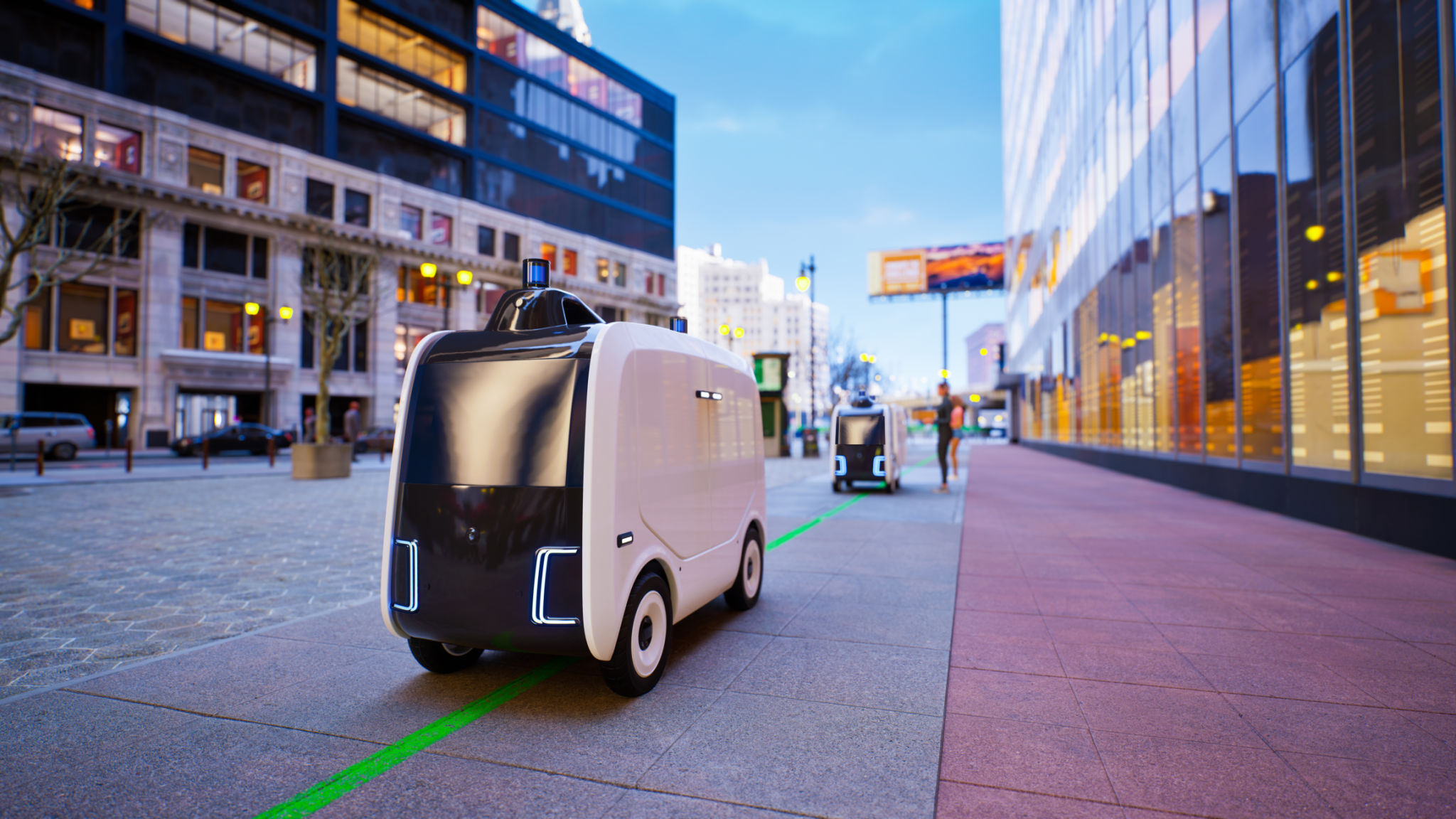Streamlining Logistics with AI: Optimization Strategies for Cross-Border Operations
Introduction to AI in Logistics
As globalization continues to evolve, businesses are increasingly reliant on efficient cross-border logistics to maintain competitive advantage. The integration of Artificial Intelligence (AI) into logistics operations has emerged as a pivotal strategy for optimizing these complex processes.
AI technologies offer a range of solutions, from predictive analytics to real-time tracking, that can streamline operations, reduce costs, and enhance customer satisfaction. This blog post explores optimization strategies for cross-border logistics using AI.

Enhancing Predictive Analytics
One of the significant contributions of AI to logistics is its ability to enhance predictive analytics. AI algorithms can analyze vast amounts of data to forecast demand, predict delays, and optimize transportation routes. This capability allows businesses to proactively address potential disruptions and manage resources more efficiently.
For cross-border logistics, predictive analytics is particularly valuable as it helps in anticipating customs clearance times and potential regulatory changes that might affect shipment timelines. Businesses can thus plan more effectively and avoid costly delays.
Implementing Machine Learning
Machine learning, a subset of AI, plays a crucial role in refining predictive analytics. By continuously learning from new data, machine learning models improve their accuracy over time. This is especially beneficial in cross-border operations where variables such as weather conditions, political climates, and economic shifts can impact logistics.

Optimizing Route Planning
AI-driven route optimization tools have revolutionized the way logistics companies plan their shipments. These tools consider various factors such as traffic patterns, fuel costs, and distance to determine the most efficient routes. This not only reduces transit times but also minimizes fuel consumption and environmental impact.
For cross-border logistics, route optimization is even more critical due to the added complexity of international regulations and border controls. AI solutions can dynamically adjust routes based on real-time data, ensuring swift and seamless deliveries.
Utilizing Autonomous Vehicles
The advent of autonomous vehicles powered by AI technology presents another opportunity for optimizing logistics operations. These vehicles can operate around the clock without human intervention, enhancing efficiency and reducing labor costs. In cross-border scenarios, they can help navigate complex terrains and ensure consistent delivery schedules.

Streamlining Inventory Management
Inventory management is another area where AI can significantly enhance efficiency. By utilizing AI-powered systems, businesses can achieve better inventory accuracy and reduce holding costs. These systems can automate reordering processes, ensuring that stock levels are optimized at all times.
In cross-border operations, managing inventory across multiple locations can be particularly challenging. AI technology can provide real-time visibility into inventory levels across borders, facilitating better decision-making and reducing the risk of stockouts or overstocking.
Improving Customer Experience
Lastly, AI can improve customer experience by providing transparency and timely updates throughout the shipping process. With AI-enabled tracking systems, customers can receive real-time notifications about their shipments’ status, enhancing trust and satisfaction. For businesses operating across borders, this level of transparency is crucial in maintaining strong customer relationships.

In conclusion, integrating AI into cross-border logistics offers numerous benefits that can significantly enhance operational efficiency. From predictive analytics to autonomous vehicles, AI solutions are transforming the logistics landscape, paving the way for smarter and more agile supply chain operations.
